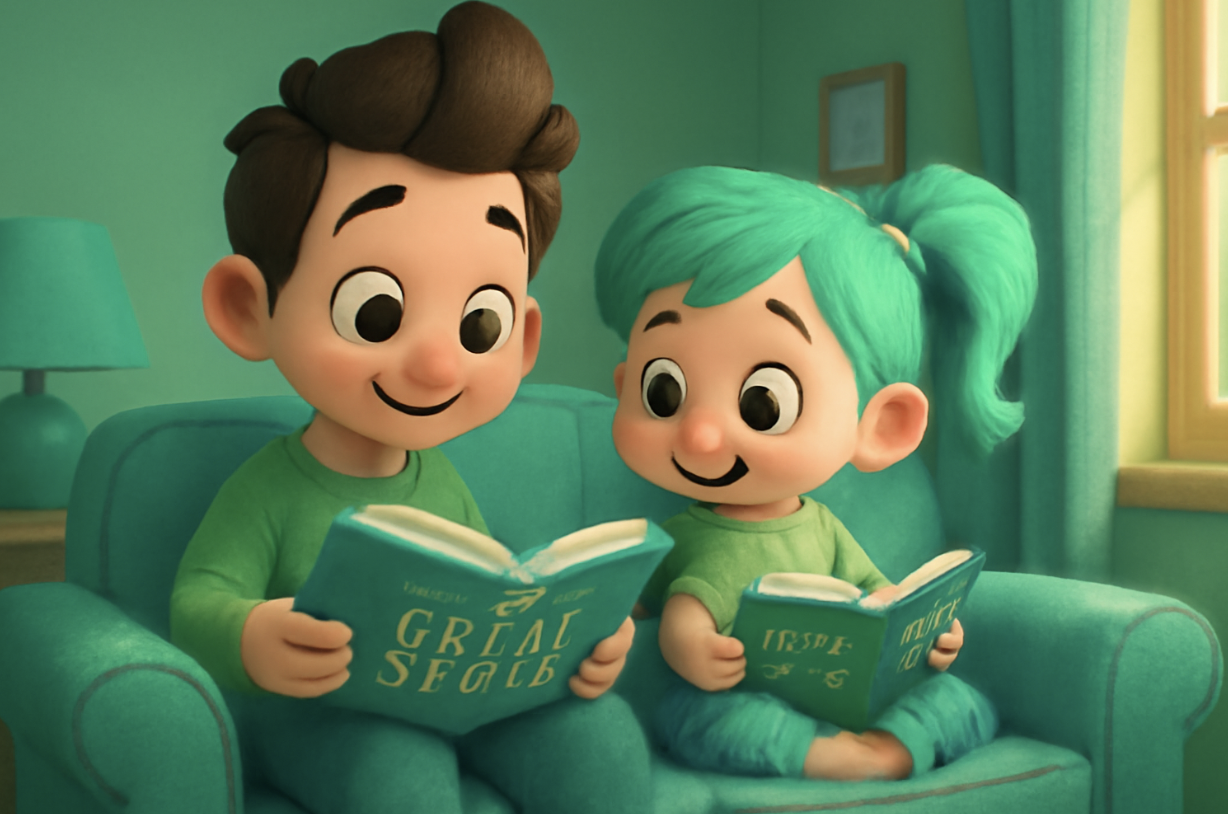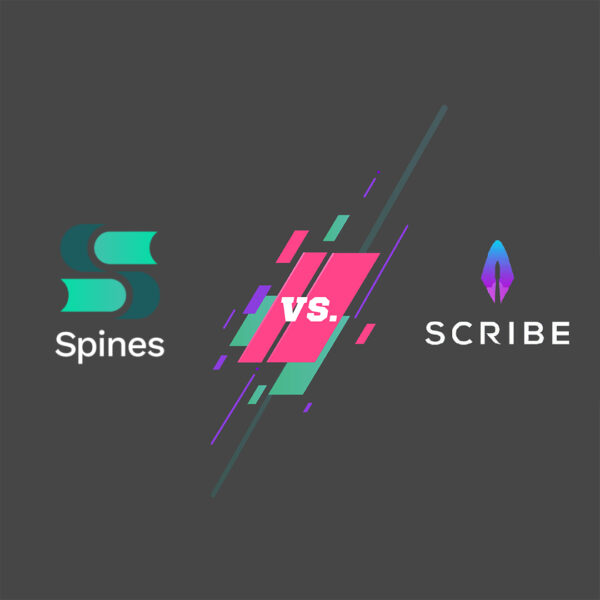Faced with two versions of the same book, one abridged, one unabridged, and wondering which to choose? You’re not alone. It’s one of those small literary decisions that somehow feels oddly high-stakes.
Maybe you’re shopping for an audiobook and notice one is five hours shorter. Or you’re browsing the classics and spot “abridged” printed discreetly on the cover. What does it mean? Is the shorter version cutting out the good parts, or just the long-winded detours?
Abridged vs Unabridged Books isn’t just a question of page count or runtime; it’s about how you experience a story. Some readers crave every rich detail, others just want the plot without the fluff.
In this guide, we’ll demystify both versions, highlight their pros and cons, and help you decide which one fits your reading habits best. We’ll provide straightforward, practical advice to help you choose with confidence.
What Does Abridged Version Mean?
When you come across the term “abridged version,” it means the original book has been shortened and edited down to include only the essential parts of the story. This version removes some scenes, descriptions, or subplots to create a quicker, more concise experience for the reader or listener.
Abridged versions are especially common in audiobooks, where time is a precious commodity. They’re designed for people who want to enjoy the main storyline without committing to the full-length book, making them perfect for busy commuters or casual readers.
However, it’s important to know that the abridged version might leave out some of the richness or depth found in the original. Think of it like a movie adaptation that focuses on the key plot points but skips the side stories and extra details.
So, if you’re wondering what does abridged version means, it’s essentially a streamlined edition that delivers the core narrative, trading length for convenience and accessibility.
What Does “Unabridged” Mean, Exactly?
An unabridged book is the complete, original version of a work, presented exactly as the author intended, without any cuts, edits, or omissions. Unlike abridged editions, which condense the content, unabridged books include every chapter, scene, and detail, preserving the full scope and depth of the story or information.
In the context of audiobooks, an unabridged version refers to a recording that contains the entire text, often resulting in longer listening times, sometimes doubling or tripling the length compared to abridged editions. This is especially important for readers who want to experience the author’s full narrative style, nuances, and subtleties.
The unabridged meaning goes beyond just word count. It ensures that literary devices, character development, and background information remain intact, providing a richer and more immersive experience. For researchers, students, or dedicated readers, unabridged versions are essential for accurate understanding and appreciation of the text.
While unabridged books require a bigger time investment, they offer the most faithful representation of the original work. This makes them the preferred choice for anyone who wants to fully engage with a book, rather than just skim its highlights.
Audiobooks: Why Abridged vs Unabridged Makes a Big Difference
Audiobooks have transformed the way we consume stories, making the choice between abridged and unabridged versions more important than ever. When it comes to audiobooks, the difference isn’t just about length it can affect your entire listening experience. An abridged audiobook typically condenses the material to reduce listening time, often cutting out secondary plots, detailed descriptions, or less critical dialogue. This makes abridged versions ideal for busy listeners who want a quick, streamlined story, but it can also mean missing out on some depth and nuance.
On the other hand, an unabridged audiobook presents the full text, narrated word-for-word. This longer format preserves the author’s voice and style, providing a comprehensive storytelling experience. For fans of immersive narratives, complex characters, or intricate world-building, understanding the unabridged meaning helps explain why these versions offer a richer and more satisfying journey.
If you’ve ever asked yourself, “What does unabridged mean in audiobooks?” it simply means you’re getting the complete, unedited narration of the original text.
Choosing between these formats depends on your priorities whether you prefer convenience and brevity or completeness and detail. Knowing what unabridged means in audiobooks can help you make an informed decision and get the most out of your listening time.
Impact of Abridgment on Different Genres
Abridging a book isn’t a one-size-fits-all process; how much gets cut and what kind of content gets trimmed often depends on the genre. Understanding this can help you decide whether an abridged or unabridged version will work better for the type of book you’re interested in.
Fiction: Losing Layers or Streamlining the Story?
In fiction, especially literary and classic novels, much of the richness comes from detailed descriptions, inner character thoughts, and subplots. When abridged, some of this nuance can be lost. While the main storyline usually stays intact, readers might miss subtle themes, character development, or atmospheric details that make the story truly immersive.
However, for fast-paced genres like thrillers or romances, abridged versions often work well because they focus on plot and key emotional beats, elements that keep readers hooked without getting bogged down.
Nonfiction: Cutting the Complexities
Nonfiction books, especially academic or technical ones, often contain extensive explanations, data, case studies, or background information. Abridged nonfiction editions aim to distill the core ideas, making them more accessible to casual readers or those new to the topic. However, the risk is losing important context or depth, which can lead to oversimplification or misunderstandings.
For memoirs or biographies, abridged versions tend to focus on major life events and skip some personal anecdotes or detailed reflections, which might reduce emotional impact.
Classics vs. Contemporary Works
Classics are frequently abridged to make them more approachable for modern readers, especially students or audiobook listeners who might find the original language or length intimidating. While this helps with accessibility, it can also dilute the author’s style or omit culturally significant details.
Contemporary books, on the other hand, are less often abridged since they are usually written with current audiences and formats in mind. When abridged, it’s often to create shorter audiobooks or quick reads, focusing on the story’s essential elements.
Are Some Genres Better Suited for Abridgment?
Genres that rely heavily on fast-moving plots, like thrillers, romances, or popular science, often translate well to abridged formats because the essence of the story or message remains clear. Meanwhile, genres that thrive on rich detail, complex ideas, or literary style, such as epic fantasies, historical fiction, or dense nonfiction, are usually better enjoyed unabridged to fully appreciate the depth.
When to Choose Abridged or Unabridged
Deciding between abridged and unabridged versions ultimately comes down to understanding the difference between unabridged and abridged editions and considering your personal preferences and circumstances. Here’s what to think about when choosing the right version for your reading or listening experience:
When to Choose Abridged:
- Limited Time: If you’re short on time but still want to enjoy a story, abridged versions save hours without losing the main plot.
- Casual Listening: Perfect for commutes, workouts, or multitasking when you want a lighter version that won’t demand full attention.
- New to a Topic or Author: Great for getting an overview before committing to the full book.
When to Choose Unabridged:
- Full Experience: If you love getting every detail, character insight, and narrative twist, unabridged is the way to go.
- Studying or Research: Essential for academic work or deep understanding, where every word matters.
- Audiobook Enthusiasts: For those who enjoy immersive storytelling and want the author’s complete vision.
Choosing between abridged vs unabridged books isn’t about better or worse, it’s about what fits your needs, schedule, and reading style. Use these points to pick wisely and enjoy your next book on your terms.
Final Thoughts: Reading Your Way
At the end of the day, understanding the difference between unabridged and abridged versions helps you realize that the choice isn’t about right or wrong it’s about what fits your lifestyle, your available time, and how deeply you want to dive into a story. If you’re short on time or prefer a quick overview, abridged editions offer a convenient, focused experience. But if you want the full depth, rich details, and the author’s complete vision, unabridged versions are worth the extra investment.
Remember, both formats have their place in the world of books and audiobooks. Your perfect pick depends on your reading habits, goals, and even your mood. So whether you’re speeding through a thriller on your commute or savoring a classic at home, choose the version that makes reading or listening an enjoyable part of your day.
FAQs – Abridged vs Unabridged Books
Q1: What does it mean when a book is abridged?
An abridged book is a shortened version of the original text where non-essential parts like detailed descriptions, side plots, or extra dialogue are removed to create a more concise story. The goal is to preserve the main narrative and core ideas while making it quicker and easier to read or listen to.
Q2: What is an unabridged book?
An unabridged book contains the complete original text as the author intended, without any cuts or edits. The unabridged meaning refers to the full, unaltered content, including every chapter, scene, and detail, providing the full depth and nuance of the story or information.
Q3: Should I read the Count of Monte Cristo abridged or unabridged?
If you want the full experience with all the detailed character development and plot intricacies, go for the unabridged version. The abridged edition is good if you prefer a shorter, faster read that captures the main storyline but leaves out some details.
Q4: What does unabridged mean in audiobooks?
It means the audiobook includes the entire original text exactly as written by the author, narrated word-for-word without any edits, omissions, or cuts. This ensures listeners experience the full story, complete with all details, dialogue, and nuances.
Q5: How do I tell if a book is abridged or not?
Check the book’s description or details before purchase. Publishers usually label editions clearly as “abridged” or “unabridged.” For audiobooks, platforms like Audible specify the version. You can also check that the length abridged versions tends to be significantly shorter.
Q6: What is the point of abridged audiobooks?
Abridged audiobooks provide a time-saving alternative for busy listeners who want to enjoy stories without investing the hours required for unabridged versions. They highlight the main narrative and are often more accessible for casual listening.
Q7: Are Puffin classics abridged?
Many Puffin Classics are abridged to make classic literature more approachable for younger readers. These versions simplify language and cut length, but the essential story remains intact.
Q8: Is it okay to read abridged books?
Yes! Abridged books are a valid way to enjoy literature, especially if you’re pressed for time or new to a genre or author. However, if you want the full depth and richness of a work, the unabridged version is better.








